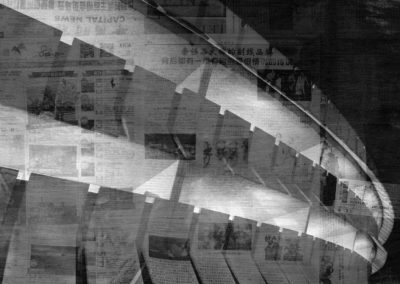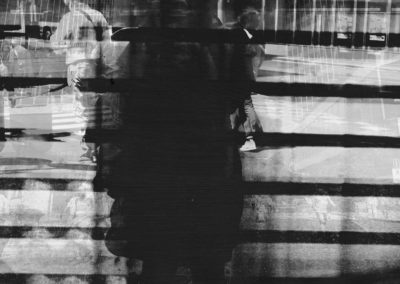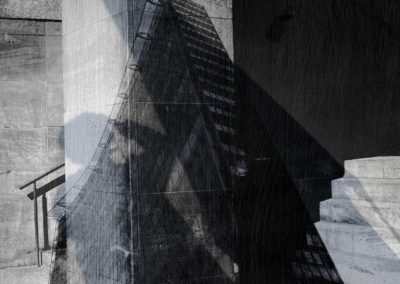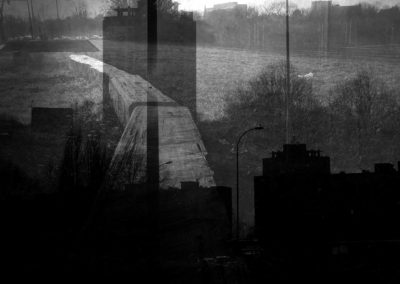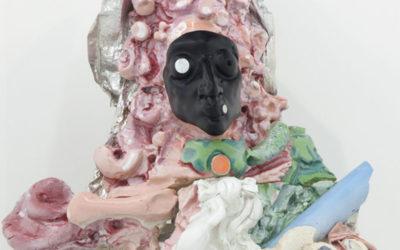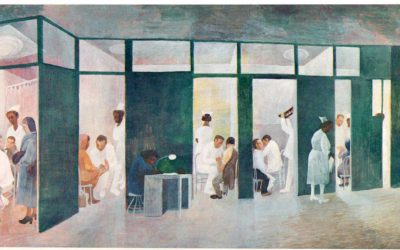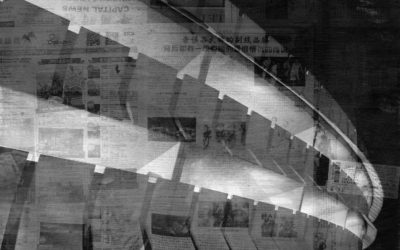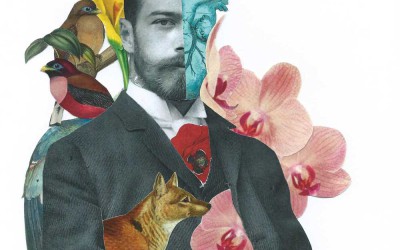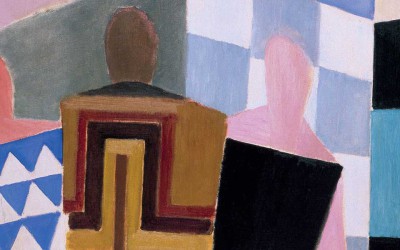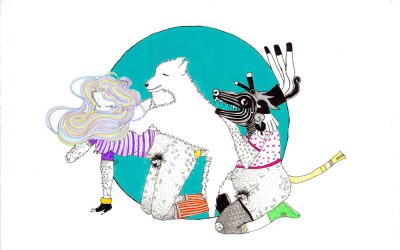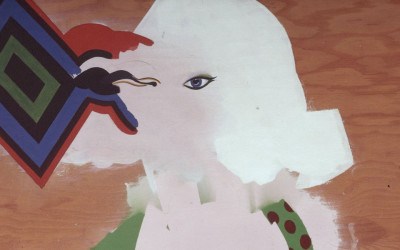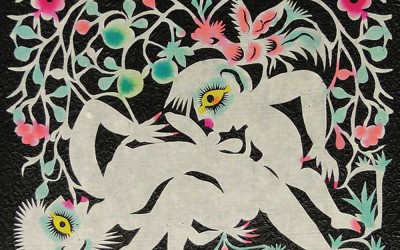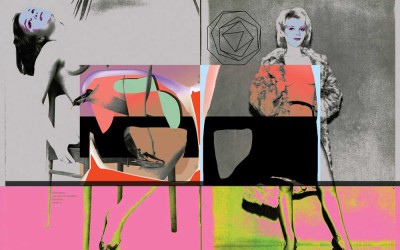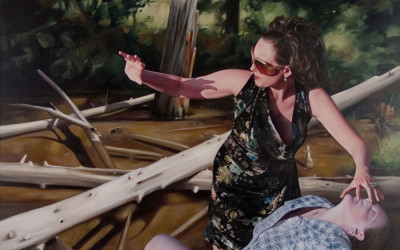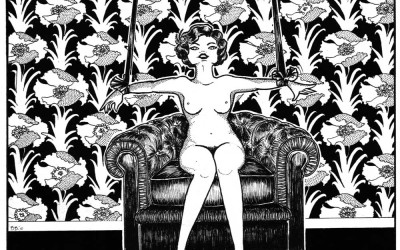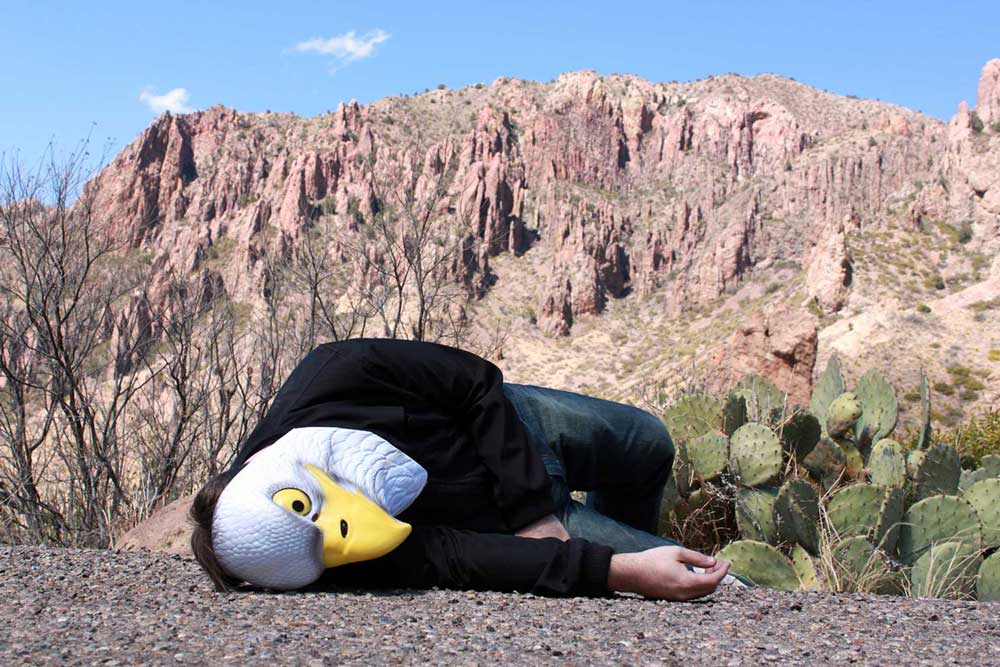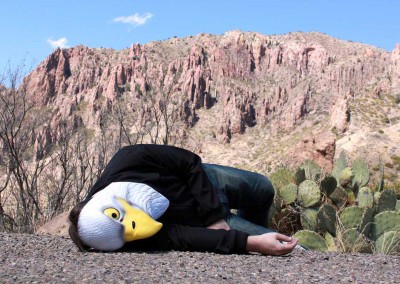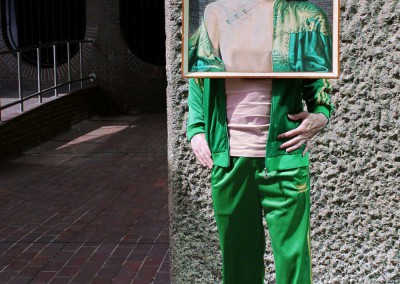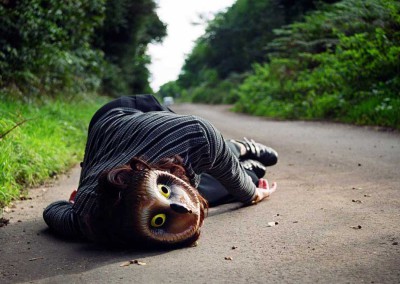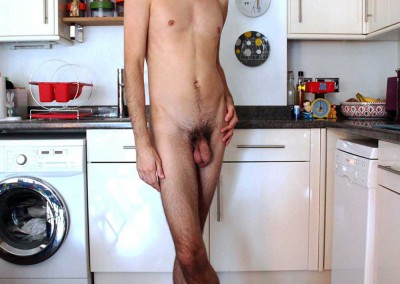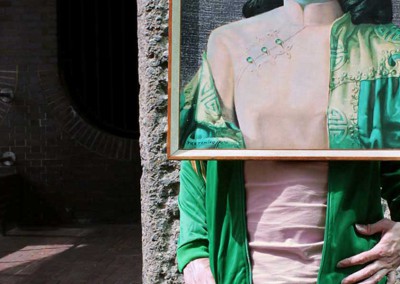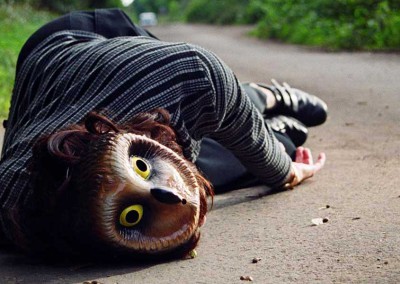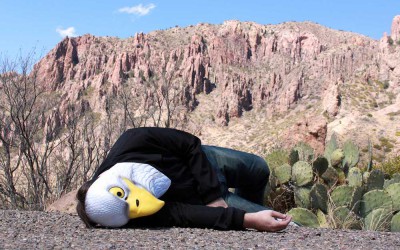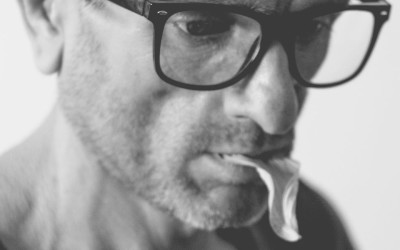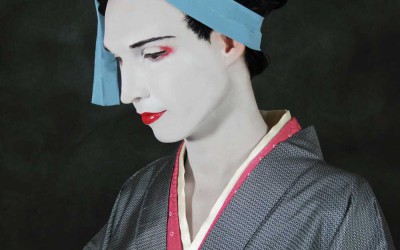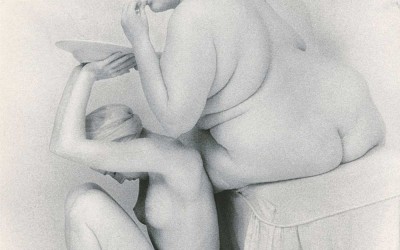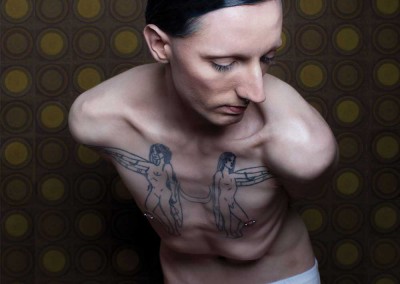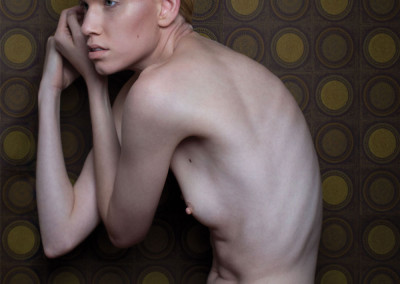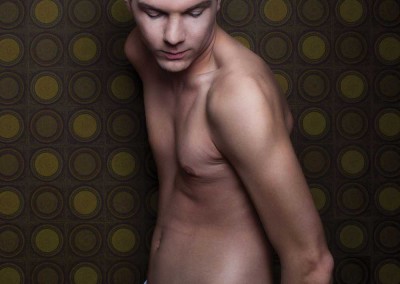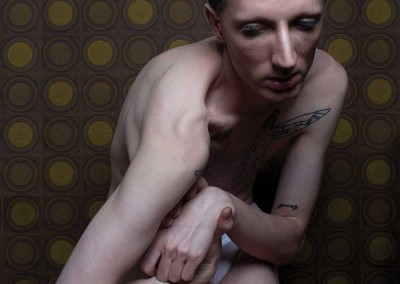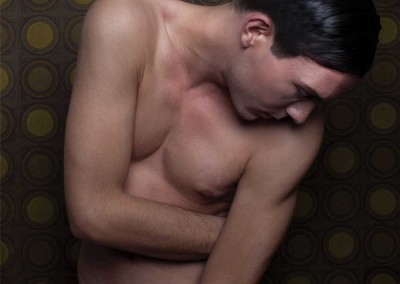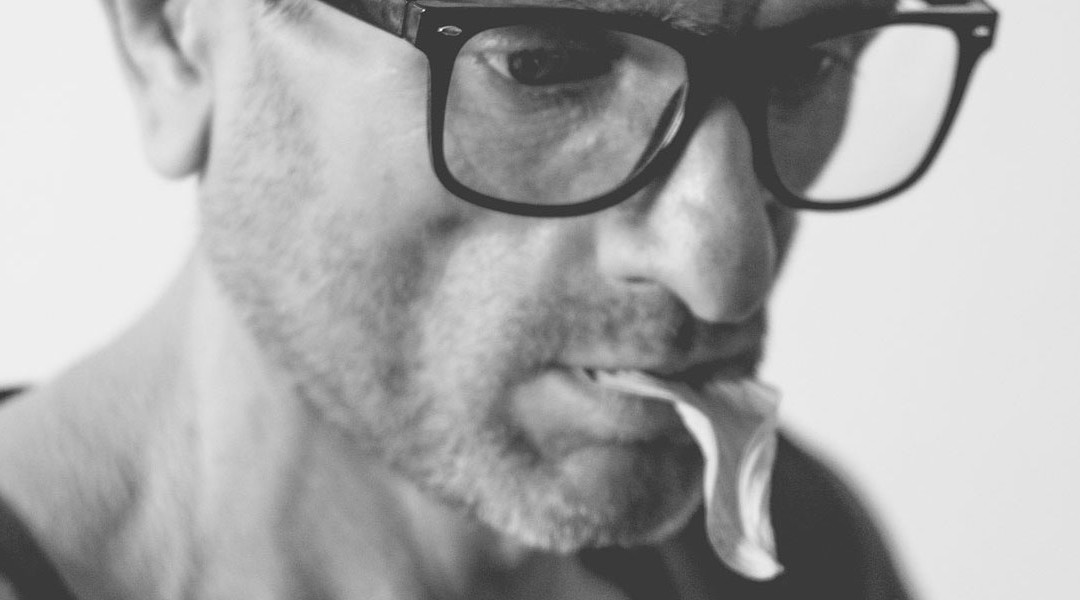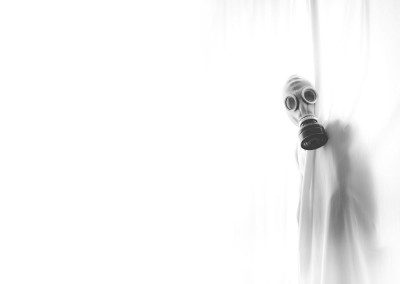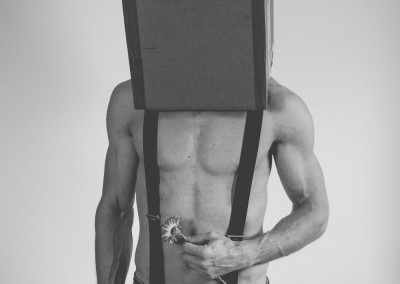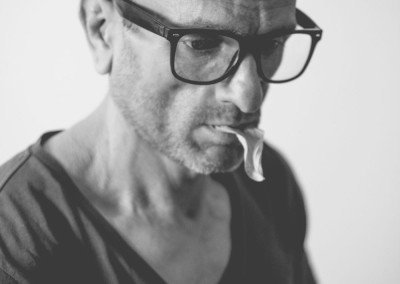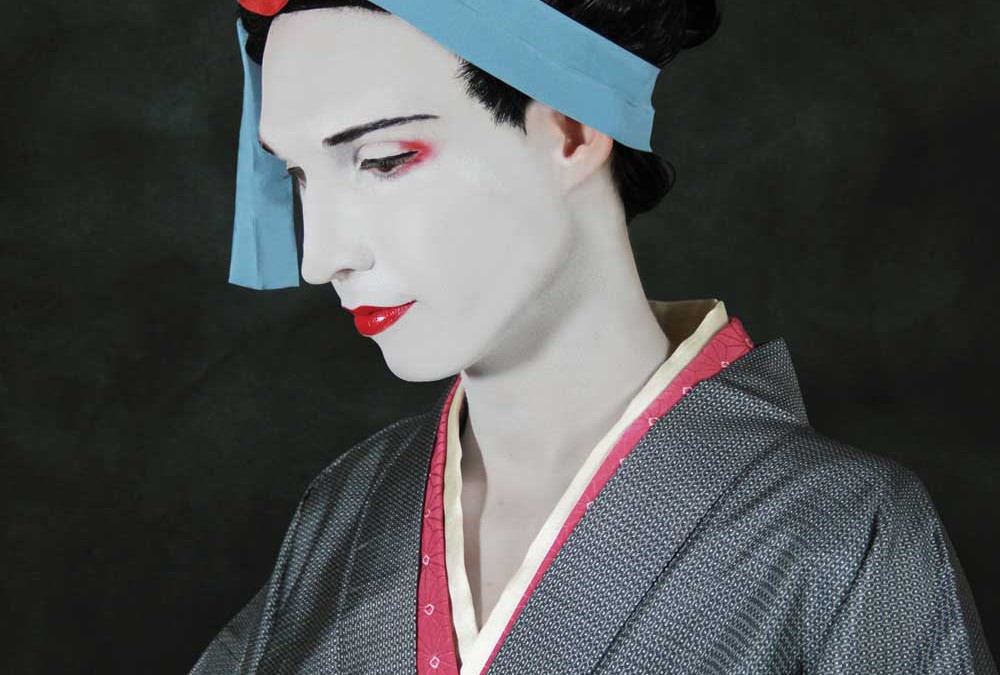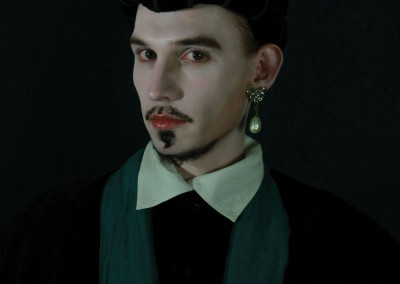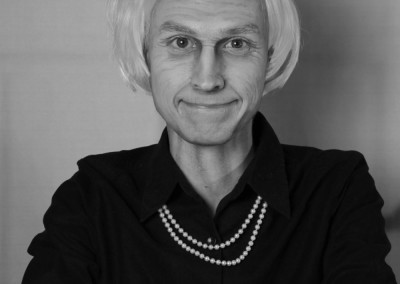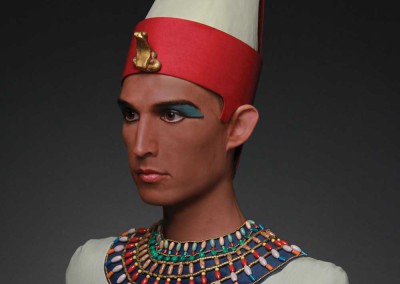From the moment I started at the academy I noticed that sculpting was very demanding on both a physical and a psychological level. This has never diminished. I very much like what I do, but a large percentage of my practice involves…..
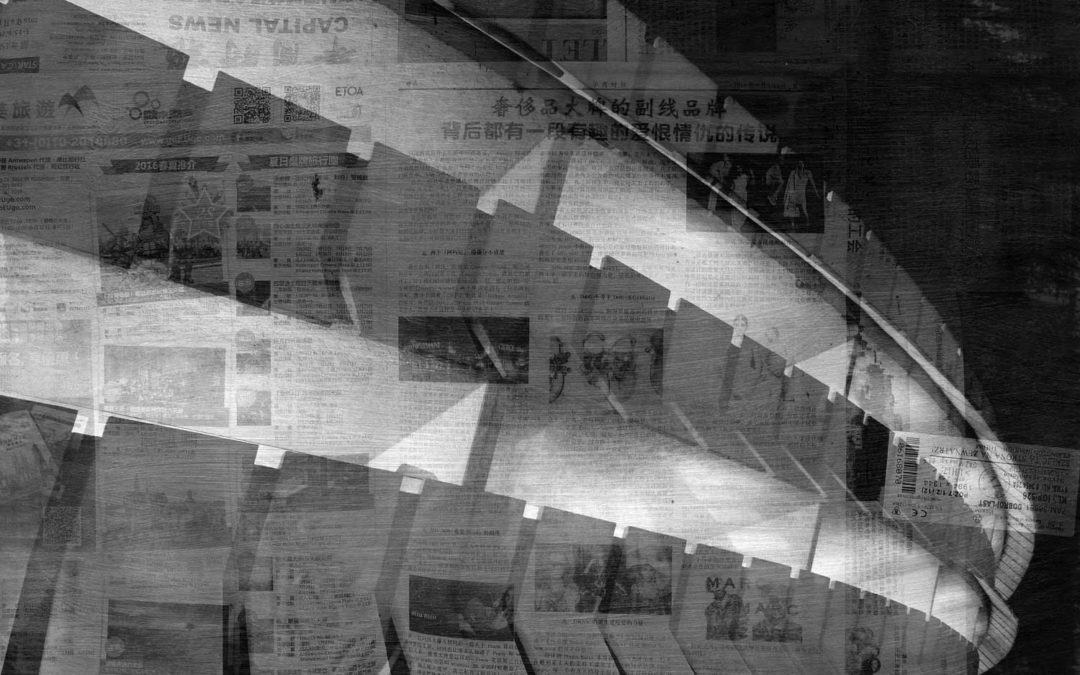
Faryda Moumouh
Faryda Moumouh
Text JF. Pierets Photos Faryda Moumouh
Why choose photography?
Since I was young I was already drawing, watching, registering details from the things I saw. It was an urge and I had the feeling I was chosen by a visual language, which I pursued. I went to art school when I was 14 and it made me discover a cultural world that was alien to me. It opened the doors in my head and in my heart. Photography was love at first sight. What scared me in the beginning was the technicality of a camera. When I went to school cameras were still analogue. So you had to get going with diaphragms and shutter speeds. However, what I found very liberating was the speed of the medium. When I was a child I wanted to capture every detail of an insect but I had to do it before it was gone. Now I could just take a picture of everything that caught my eye. It was that directness, that velocity that got me hooked.
What inspires you?
I get inspired by society and the context in which I find myself. I’m not necessarily talking about politics, but we all find ourselves in a societal context in which you are free to respond or not. And if something triggers me, I have to act accordingly. It leads to a photographic series anticipating religion, or headscarves, or ethnicity. Those aren’t my themes per se, but I can’t ignore something that’s omnipresent. I call it philosophical image processing. My antennas are always on alert for images, words I read or hear, that can bring me towards a new interpretation. Inspiration is everywhere. I write everything down in little notebooks so I can start researching whenever something stays with me. Sometimes I call myself a philographer. A philosopher who meets a photographer.
You are reading and seeing a lot. How do you decide what to take and what to leave behind?
Most of the time I think and work on one theme, quote or story per year. That’s the starting point to frame and identify what I think and feel. I research, read, make sketches, and look for other sources that connect with the initial thought. If you look at my work process you’d think I’m a painter or a drawer because I collect thousands of images to filter and to support the result. I call this work in progress ‘photographic drawing’. When I’ve gathered enough information, I unleash my intellect, my logic reasoning and continue in a purely visual manner. The images themselves lead me towards the final result. Which is both analytic and visual. I always trust my heart to lead me to where I’m supposed to go.
Can you talk me through one of your latest series?
I re-read ‘The stranger’ by Albert Camus and it got me thinking about being the stranger versus being strange. Which is a very vague concept. I started photographing in Antwerp’s typical concentrated migrant areas but that turned out to be the wrong approach. Documentary is not my course. Then I thought about registering the reflection of those worlds. The reflections in mirrors, in shop windows, etc. to capture the thought that people are always judging the first layer of what they see. So instead of creating a linear sequence, I put the layers on top of each other to make a dialogue between the different pictures. In the end you have a strange image, consisting of multiple reflections of a strange world. They almost look like paintings. So it started with a book by Camus and I ended up here. It’s unpredictable. I never know where I will end up.
‘Art gives a more added value to my life than religion. I don’t need to listen to a human invention. I’d rather listen to myself in everything that I do.’
Do you aim to keep your work recognizable? And is that necessary?
When I’m photographing I’m not thinking about my specific visual language. And if it’s connected to my other work. However, I think my intuition is a constant guidance which, unconsciously, makes the images correspond with one another.
How do you see your evolution?
In the beginning my way of working was a bit too noncommittal. My way of capturing an image happened a bit too spontaneously. Over time this evolved into a more philosophical and conceptual manner. Whereas now I make a combination of those two styles. Conceptual but intuitive. I feel this course is the most accurate and closest to who I am as an artist. I feel very much at home with what I am doing.
Ai Weiwei, Joseph Beuys and Marina Abramovic are 3 of your heroes. What binds them together?
Activism. And the freedom they claim to express their minds. Art doesn’t necessarily have to be activism. Personally, I find that social engagement always adds an extra value to the work or to the artist. I find what Ai Weiwei does from his context very important; his search for a full-blown democracy, the right to have an opinion and how he communicates that to the world. Activism depends on the context though. For me there’s a nuance between activism and social awareness. In my work it’s a social notion with lots of room for interpretation. If I were an activist, I would have to express my work in a more targeted and concrete manner. But I like my work to act as a window through which I can inspire a dialogue. It obviously has its community themes but it’s more in a societal – than an activist context.
And what about religion?
Art gives a more added value to my life than religion. I don’t need to listen to a human invention. I’d rather listen to myself in everything that I do.
Do you identify with your work?
Very much so. Being an artist defines my identity more than my background or roots. I’m an individualist and an existentialist. The notion that I am here and that I’m allowed to be here gives me the permission to claim my existence. That kind of freedom is almost sacred. As a teenager I found a lot of comfort in Sartre. It brought me the awareness that I exist, which has been a guidance throughout my life and has been my primary motive ever since. Not only as an artist but also as a human being. Let everybody be.
Do you address certain topics in your work in order to have people ask questions?
It depends on the question. For example, I constantly get asked where I’m from and it disturbs me that my ethnicity always takes the upper hand. I know it’s because of how I look and because of my name, but sometimes I just want to be. I want to talk about my work, about what I think. However, before I can do that, I always have to explain where I come from. I believe we have to accept that the world and our society is colored, but we don’t always need to talk about it. Because it always makes you ‘the other’.
How about your place in the art scene?
There are moments when I would like to have more public recognition for my work. But I’m very sensitive when people contact me when they need a female artist, a foreign artist, or both. Work by artist Charif Benhelima for example is exposed all over the world. Everybody talks about the strong visual language of his pictures which transcends his Moroccan-ness. His work goes beyond needing an excuse to have an ethnic artist in your collection. It’s just great work. And that’s what matters. Only with that kind of mentality can you get an exact reflection of the world in a museum or a gallery. And that’s what art is all about, isn’t it?
Related articles
Nadia Naveau
Bernard Perlin
In One-Man Show, Michael Schreiber chronicles the storied life, illustrious friends and lovers, and astounding adventures of Bernard Perlin through no-holds-barred interviews with the artist, candid excerpts from Perlin’s unpublished…..
Faryda Moumouh
Since I was young I was already drawing, watching, registering details from the things I saw. It was an urge and I had the feeling I was chosen by a visual language, which I pursued. I went to art school when I was 14 and it made me discover…..
Agustin Martinez
“Dancers don’t always know what they are doing”, “Revelations from a sailor from Rotterdam” and “The past is alert and ready” are just a few of the many intriguing titles of the work by collagist Agustin Martinez; a fellow countryman of Pablo Picasso…..
George Quaintance
George Quaintance was an artist ahead of his time, a man who forged several successful careers, yet never enjoyed mainstream fame. Had he been born a few decades later, we might know him today as a multi-tasking celebrity stylist, as a coach…..
Sonia Delaunay
Sonia Delaunay (1885–1979) was a key figure in the Parisian avant-garde, whose vivid and colorful work spanned painting, fashion and design. Tate Modern presents the first UK retrospective to assess the breadth of her vibrant artistic…..
Rurru Mipanochia
Rurru Mipanochia is a 25 year old, Mexican illustrator. Her drawings represent ancient pre-Hispanic sexual deities, transvestites and transseksuals, in order to promote dissident sexualities and to create a visual questioning about beauty…..
Allen Jones
Three women, wearing black leather fetish gear, produced by the same company that supplied Diana Rigg’s costumes in The Avengers. One of them is on all fours and the glass top on her back awaits your drink. The second one wears thigh high…..
Xiyadie
Paper-cuts originated in Eastern Han Dynasty China (AD 25-220) and are hung on windows or doors for good luck. But instead of the usual decorative flowers and birds, Xiyadie, whose pseudonym means ‘Siberian Butterfly’, portrays graphic and…..
AMVK
Anne-Mie Van Kerckhoven is known for creating a diverse body of work in painting, sculpture and installation that has made her among the most important Belgian artists of her generation. She embraces a complex array of subjects, including alchemy,…..
Jennifer Nehrbass
Someone once wrote that she was dismantling the roles and stereotypes of beauty and femininity, examining the psychology that leads women to go to extremes to maintain beauty and style. Needless to say that our brain got tickled so we…..
Betty Black
Betty Black started off as a name, just a made up name. An alter-ego that I created for myself in an attempt to perfect one distinctive style of work, rather than end up with a variety of mediocre crap, after having just coasted through a pointless…..
